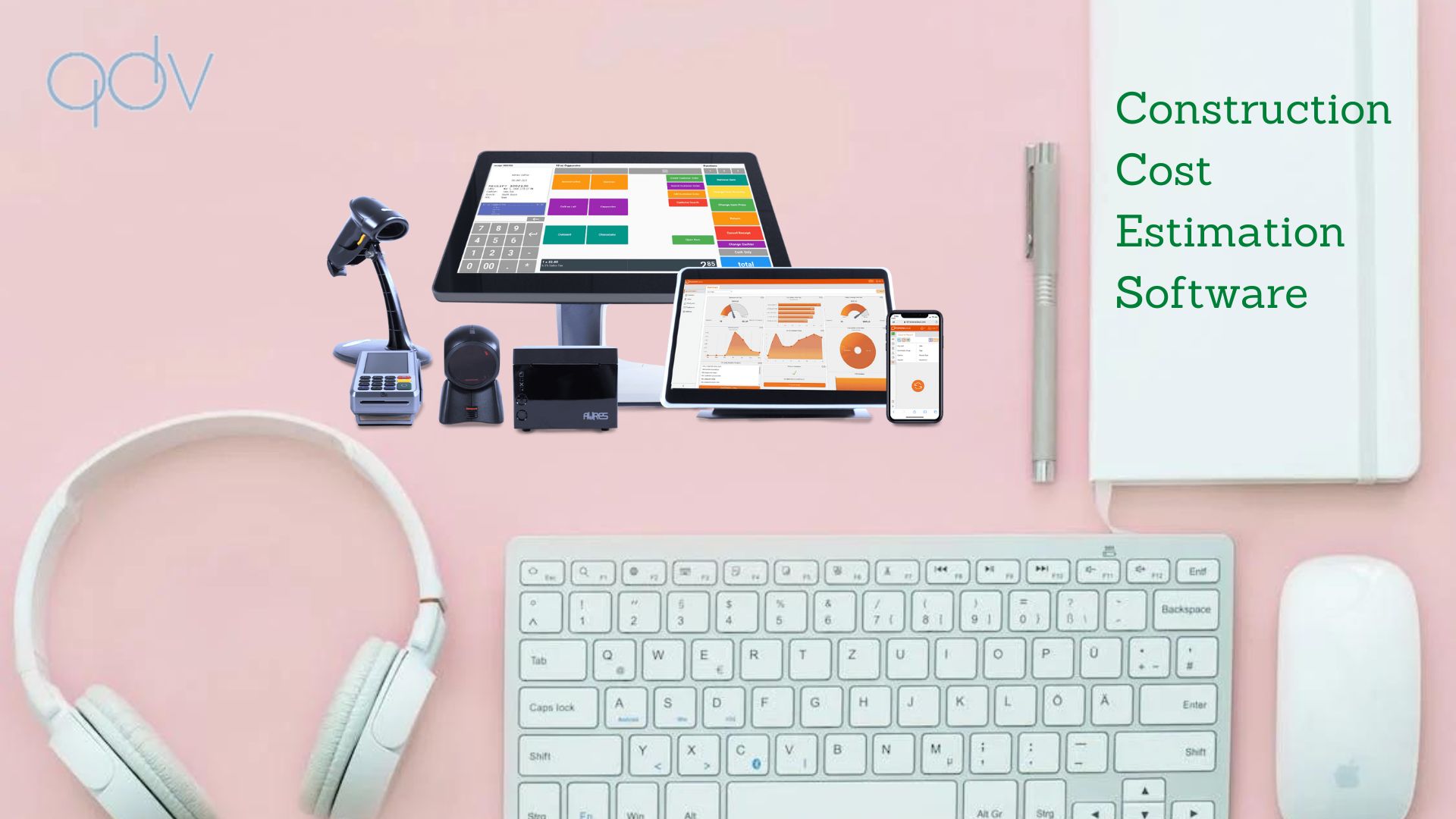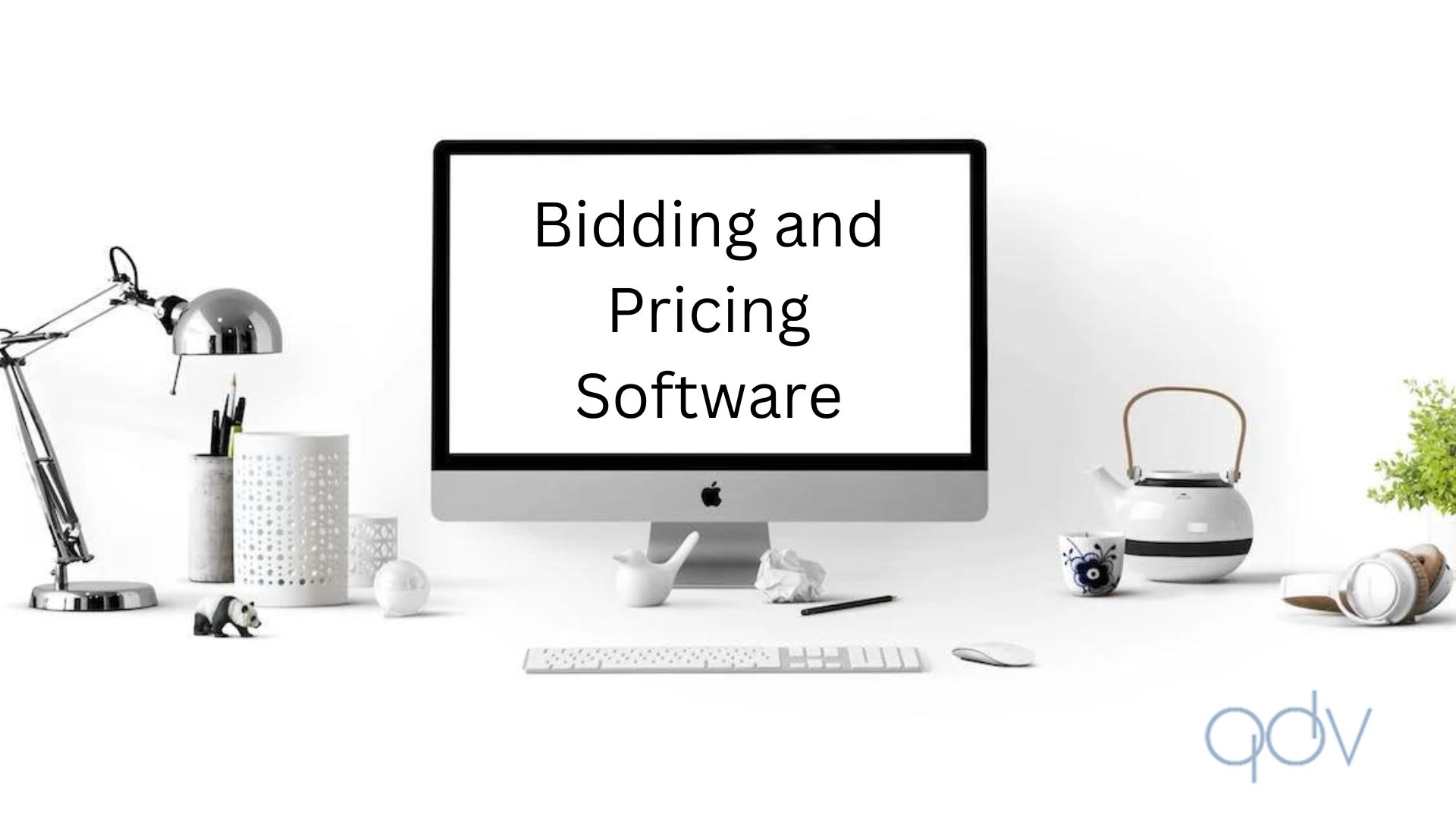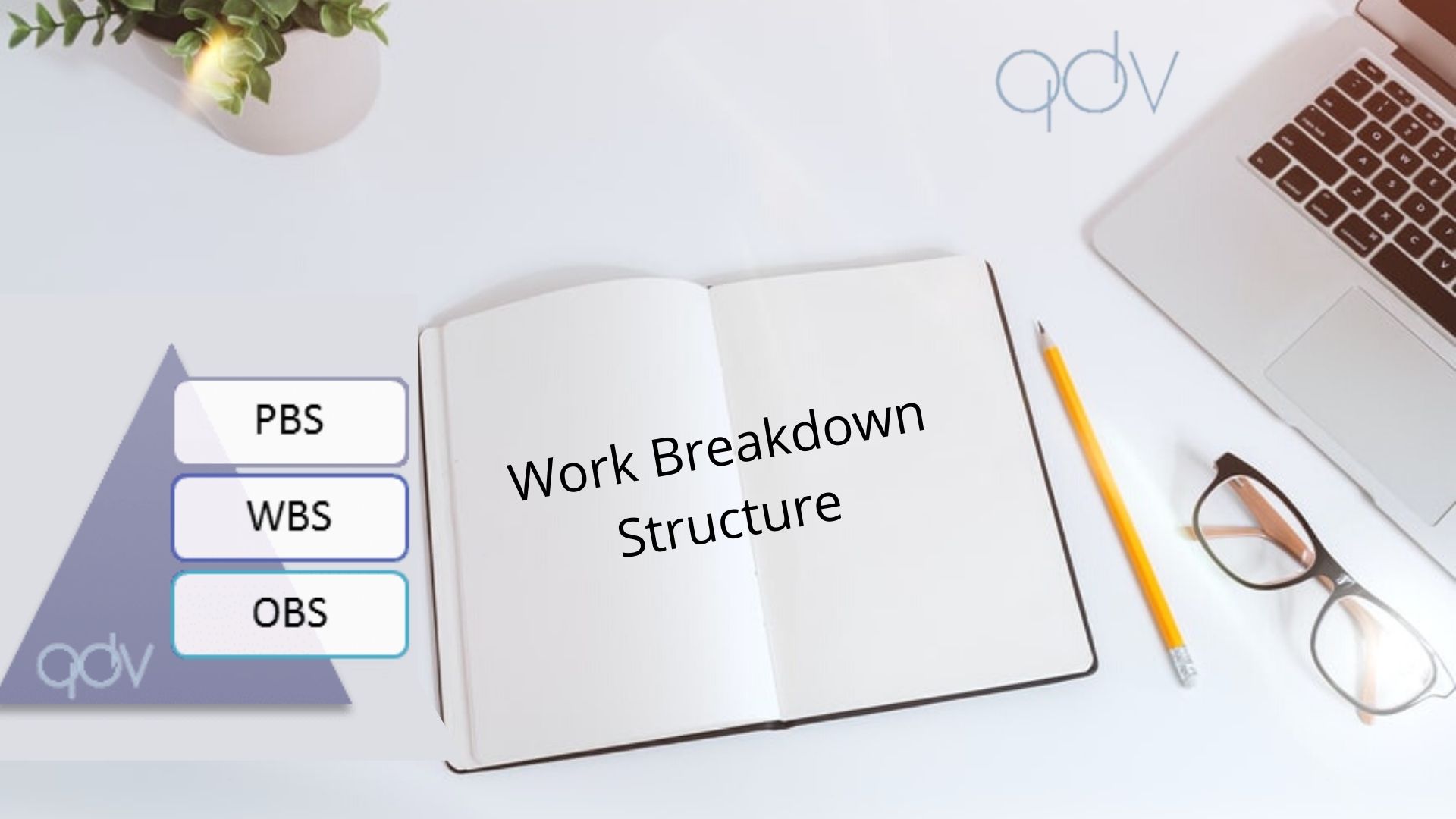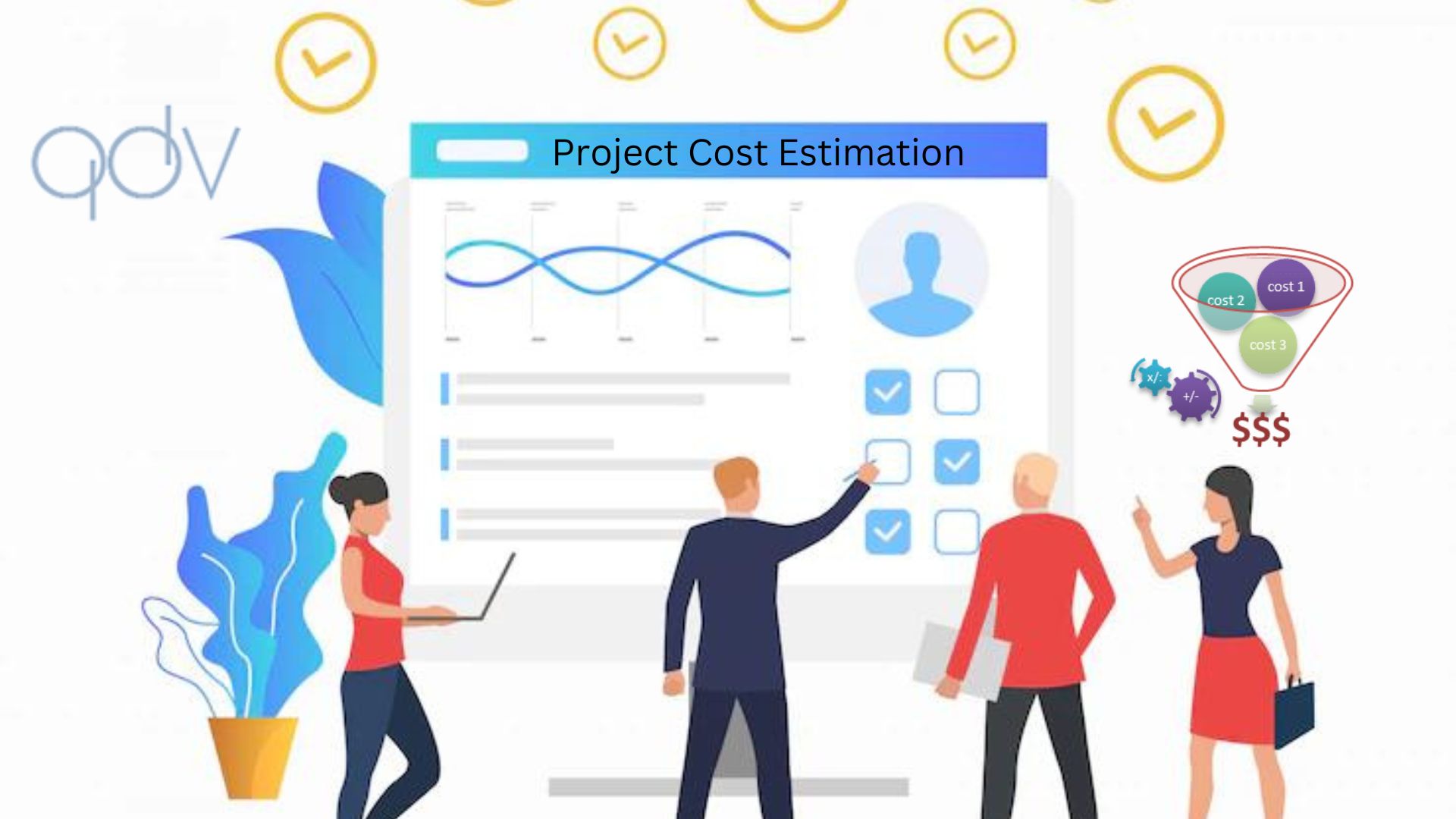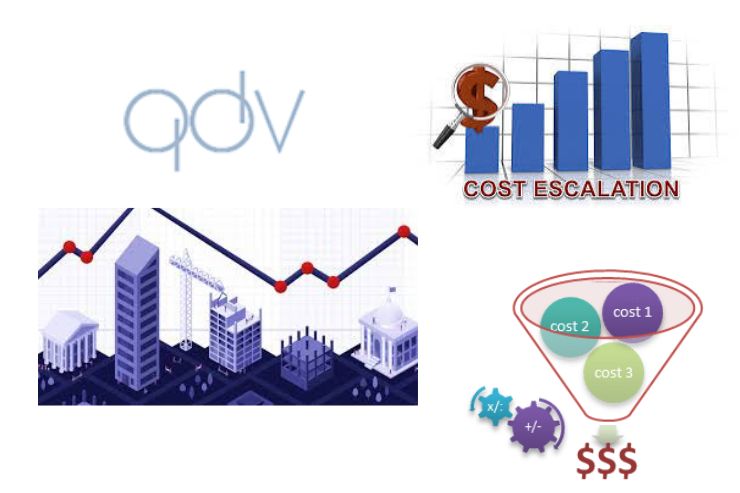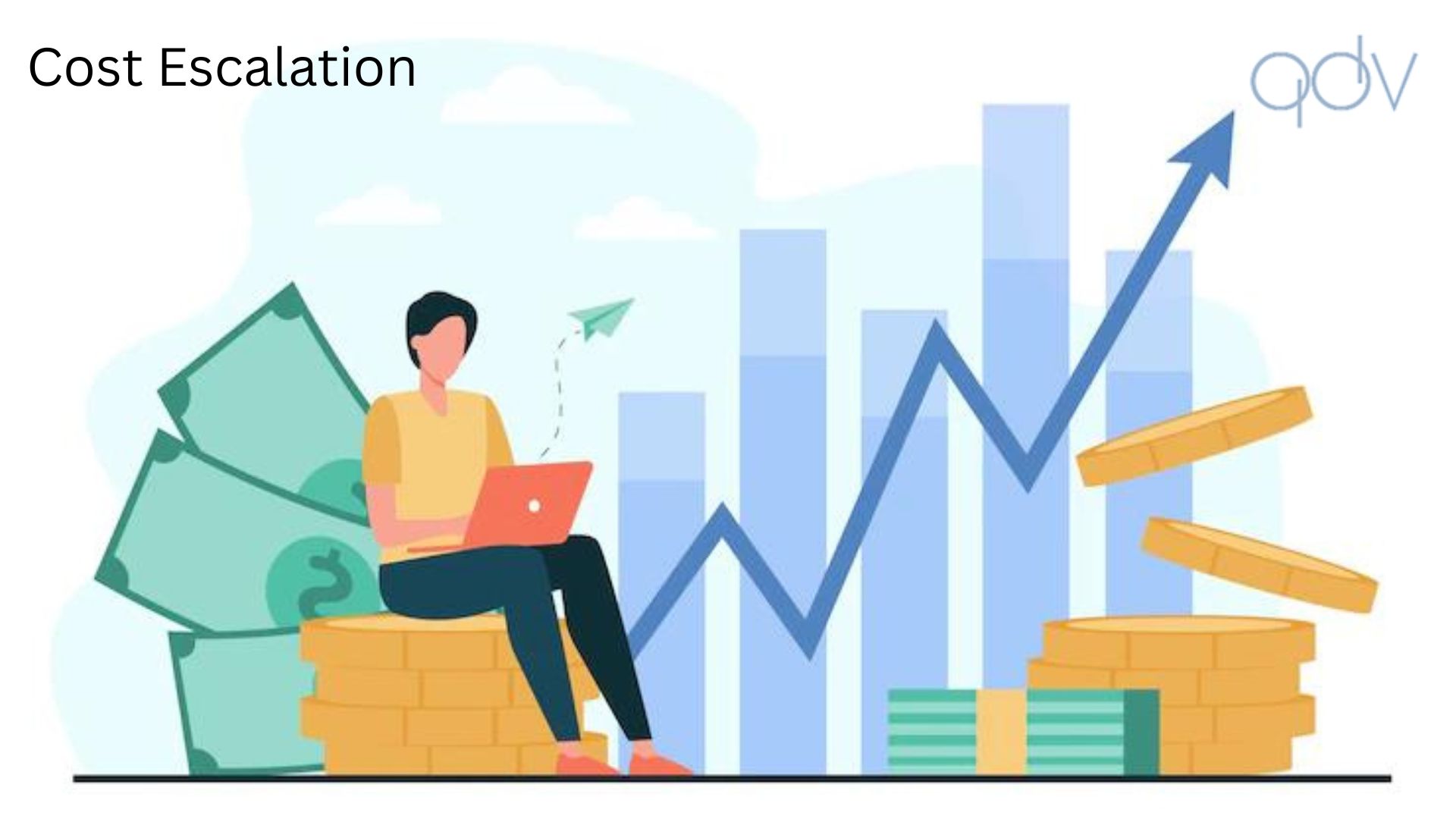Benefits of WBS in Project Management Software?
WBS-work breakdown structure-divides a project’s work into smaller chunks and lets the teams work with deliverable tasks. With WBS project management is completed in milestones, thus reducing the possibility of mistakes.
It increases the accuracy, and when the final project is submitted, revaluation of all steps becomes easier. It allows the team members to see how much progress they have made. Data of days and weeks can be compared to see where work is lacking and what can be done to increase productivity.
The work breakdown structure allows teams to communicate better as all teams connect on one platform. Let’s see other benefits of work breakdown structure in project management software.
Benefits of WBS Automation
Better Accuracy
WBS divides the entire project into smaller deliverable parts, and different teams or members handle all these parts. The work is delivered in the same manner and can be cross-checked by other members of the team. This way, the possibility of mistakes decreases, and more accurate results are produced.
Individual Responsibility
The software assigns individual responsibilities to members and keeps in the record which task is assigned to which member. It allows the member to see the progress they have made and where their work will fit after completion.
Better Communication And Cooperation
The WBS project management software shows the hierarchy of the project, such as project scope, completed work, pending work, and team members working on different segments.
The client can see progress made on each step with the help of software and can communicate with the teams if any issue or query arises with work progress.
No Pressure
The entire project is broken into smaller segments with the help of the software. This way, teams, and members don’t feel the burden of work overload. It also helps increase teams’ productivity and efficiency as they feel relaxed while working. The software keeps track of each milestone so all data can be reviewed whenever required. It helps the teams to produce better results each time.
Prevents Changes
After the completion of the project, it’s hard to make changes. Sometimes changing demand can revert the hold dynamics of the project. This is not the case with WBS automation, as each step is reviewed multiple times, and clients see the flow of work. If necessary, the changes can be demanded earlier to avoid time and money wastage.
Staff, Time, And Cost Estimation
These three factors decide the amount of net profit generated from a project after completion. WBS automation allows you to understand how much time and staff will be required to complete a certain project. Once the staff and time are figured out, the predicted cost estimation is done.
If the project is on priority, then more teams will be added to complete the project. But it will affect the overall cost of the project.
Product Breakdown Structure
Work breakdown structure is often confused with product breakdown structure. Both play an important role in the project management and control process. PBS is a hierarchical system of things that will be delivered at the end of project completion. This means both WBS and PBS are connected directly to each other. With software automation, accurate and efficient results are produced on both ends.
Conclusion
WBS automation can help your organization ace project management and produce accurate and consistent results. The team members work easily and don’t take under work pressure, providing constant workflow and increased productivity. If you are looking for WBS automation software for your business, then get in touch with Quick Devis and choose the software that will fulfill your needs and requirements.


